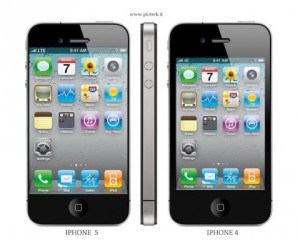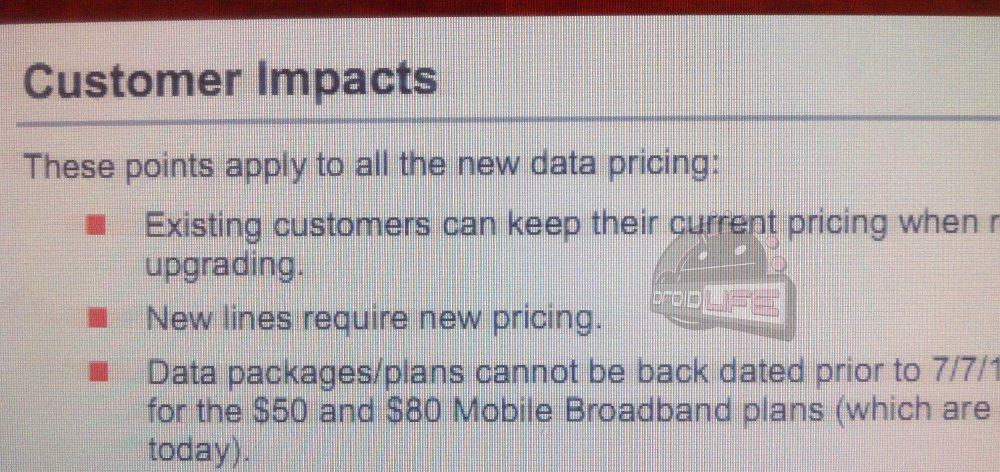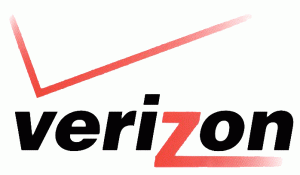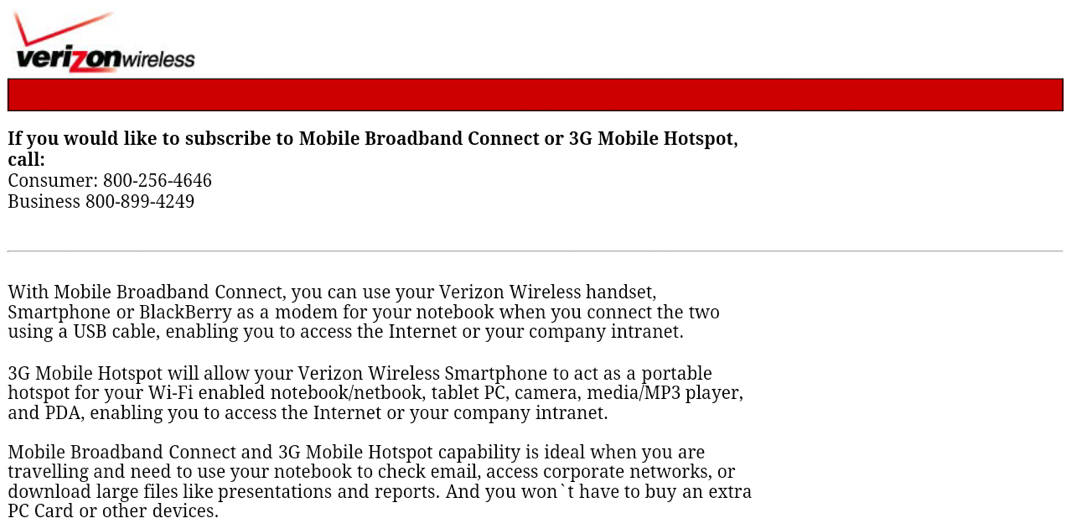 While AT&T and Verizon trade customers back and forth and enjoy fighting it out for “number one” in wireless service, smaller providers like Sprint are finding it increasingly difficult to compete with its two larger competitors, who have access to the best phones, most coverage, and don’t need to discount prices to attract new customers.
While AT&T and Verizon trade customers back and forth and enjoy fighting it out for “number one” in wireless service, smaller providers like Sprint are finding it increasingly difficult to compete with its two larger competitors, who have access to the best phones, most coverage, and don’t need to discount prices to attract new customers.
Forbes’ financial blog shares its impressions of the anticipated financial performance of the three biggest players in the U.S. market:
AT&T: Still the financial darling of Wall Street, AT&T will see some pressure on earnings from its integration of acquired assets of Alltel Verizon sold to win approval of its merger with the smaller carrier a few years ago. Since Alltel’s network used CDMA technology, AT&T had to supply free new phones to every customer it acquired, as the GSM network it operates is not compatible. AT&T is also still dealing with a slow bleed of iPhone customers departing for Verizon as contracts expire. It will be interesting to see if Verizon’s imminent end of “unlimited smartphone data” will create a last minute rush from AT&T to VZW before Verizon terminates its unlimited data plan Wednesday night.
Verizon: Verizon will achieve the top spot for the number of new customers it has added during this quarter, mostly from new iPhone users. The end of “unlimited data” could mean increased “average revenue per user” if new customers have to pay for a pricier data plan, but some analysts are keeping a “neutral” rating on Verizon’s stock, concerned about the margin squeeze created when Apple releases iPhone 5 this fall. Customers off-contract or nearing expiration could jump for the new phone. With the subsidy Verizon provides to new iPhone owners, it could bring down margins.
Sprint: The biggest challenge remains with the number three carrier Sprint, which had been picking up disaffected customers from AT&T, Verizon, and even T-Mobile. That growth has since slowed, and now the company is depending on increased revenue from price hikes, especially on smartphones which now carrier a $10-higher price tag. But Sprint is aggressively trying to hold the line on customer defections, sometimes approaching “giving away the store” in order to keep customers from leaving for AT&T or Verizon. In addition to accelerating free/discounted upgrades to new smartphones, the company has also increased the number of calling minutes for its Everything Data plan from 400 to 750.
Sprint’s distant-third position requires the company to price its service plans more aggressively than its larger competitors, especially to counter the image it runs a smaller network with less-reliable coverage. If AT&T succeeds in acquiring T-Mobile, the dominance of AT&T and Verizon will become even more solidified, threatening Sprint’s position as a viable alternative to the larger two. That could leave Sprint in the difficult position of trying to finance upgrades even as it has to heavily discount service to keep its current customers loyal.
[flv]http://www.phillipdampier.com/video/CNBC Sprint Going the Distance 4-28-11.flv[/flv]
On April 28, Sprint Nextel CEO Dan Hesse talked with Jim Cramer about his initial impressions of the announced AT&T/T-Mobile merger and how Sprint would cope with it. (9 minutes)
[flv]http://www.phillipdampier.com/video/CNBC Sprint Nextel CEO Speaks Out 6-9-11.flv[/flv]
Back in June, Dan Hesse was back with CNBC’s Jim Cramer to expand on Sprint’s strategy to deal with a wireless duopoly and how it hopes to compete in a market where two companies would control nearly 80 percent of all American wireless revenue. (11 minutes)


 Subscribe
Subscribe







